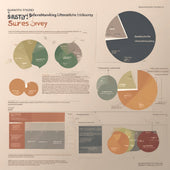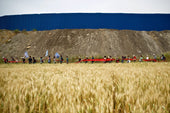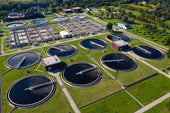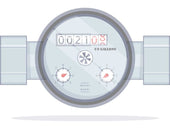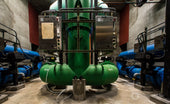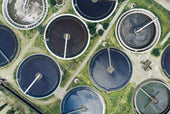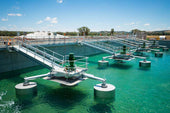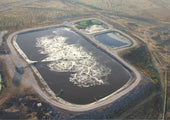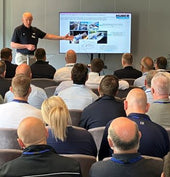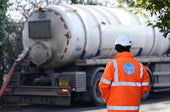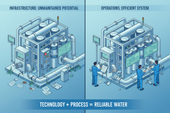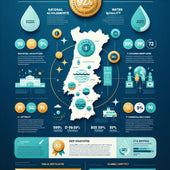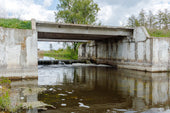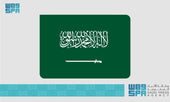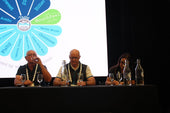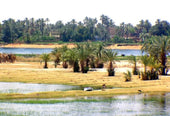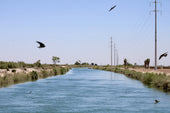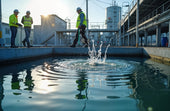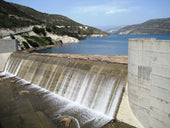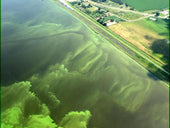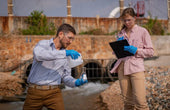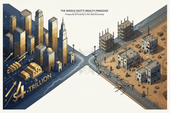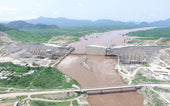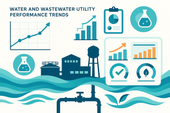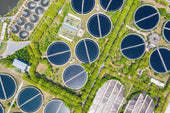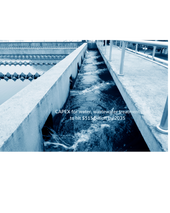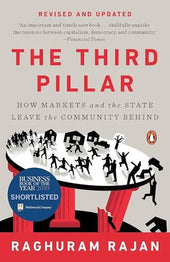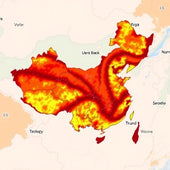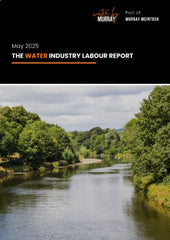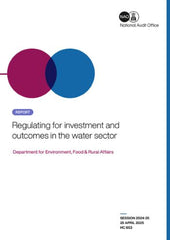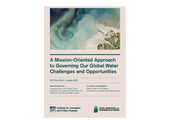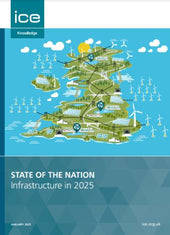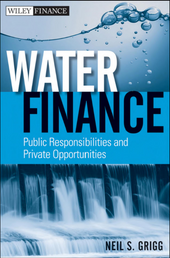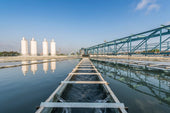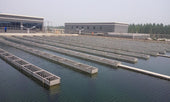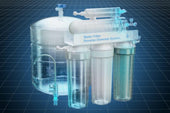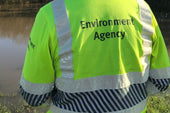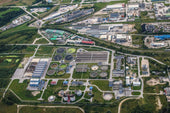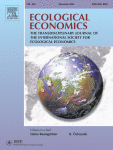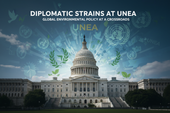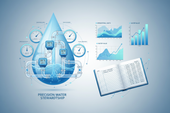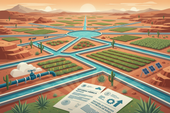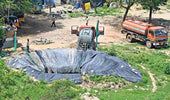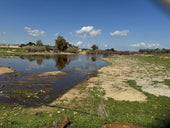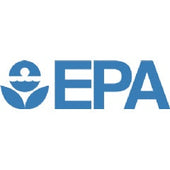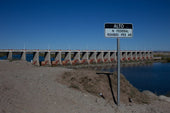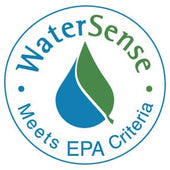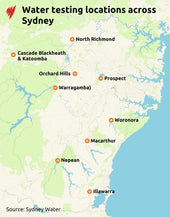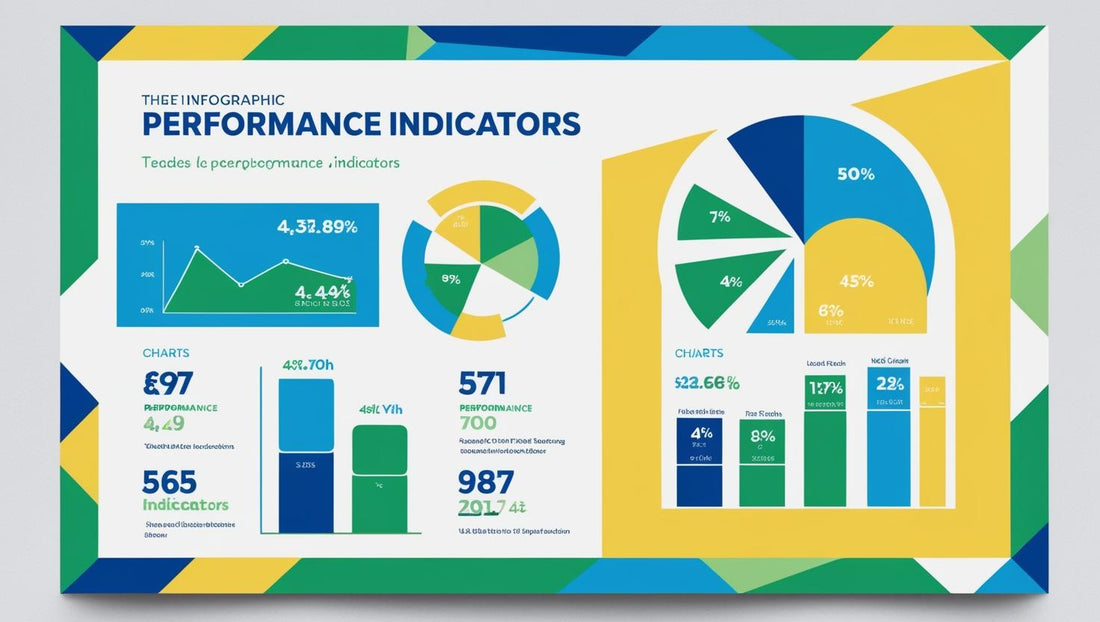
Building a Sustainable Future: A Revolutionary Framework for Certifying Wastewater Treatment Plants

Building a Sustainable Future: A Revolutionary Framework for Certifying Wastewater Treatment Plants
Transforming wastewater treatment from waste management to resource recovery through comprehensive sustainability and circularity standards that could reshape the entire industry
This blog post summarizes groundbreaking research by Estévez, S., Arias, A., Feijoo, G., & Moreira, M.T. from the Universidade de Santiago de Compostela, published in Water Research (2025), which presents the first comprehensive framework for transforming wastewater treatment from waste management to resource recovery through sustainability and circularity standards.
The Urgent Challenge: Moving Beyond Minimum Compliance Standards
While industries like forestry, agriculture, and textiles have embraced rigorous sustainability certification schemes, one critical infrastructure sector has remained largely overlooked: wastewater treatment. This oversight is particularly alarming considering these facilities process over 300 billion gallons of wastewater daily, consume enormous amounts of energy (often 3% of a country's total electricity), and generate millions of tons of sludge annually.
The absence of comprehensive sustainability frameworks means that while some progressive facilities pioneer innovative approaches to energy recovery and nutrient extraction, the vast majority continue operating under outdated paradigms focused solely on meeting basic discharge compliance standards.
A groundbreaking new study published in Water Research by researchers from the Universidade de Santiago de Compostela addresses this critical gap, representing the first systematic attempt to develop a comprehensive, quantitative framework for evaluating wastewater treatment plants through integrated sustainability and circularity lenses.
What Makes This Framework Revolutionary?
A Sophisticated Five-Layer Architecture for Holistic Assessment
Existing certification schemes suffer from oversimplification, typically using only 2-3 hierarchical levels that lead to ambiguous requirements and subjective interpretations. This framework employs a sophisticated five-layer architecture:
- Pillars - Fundamental domains (Environmental Sustainability, Socioeconomic Sustainability, Circularity)
- Principles - Core philosophical foundations (9 carefully crafted principles)
- Criteria - Specific aspirational goals (26 detailed criteria)
- Requirements - Concrete, actionable specifications (102 precise requirements)
- Indicators - Quantitative and qualitative metrics (199 comprehensive indicators)
Transcending Traditional Qualitative Checklists
The most significant innovation lies in the framework's emphasis on quantitative measurement. Traditional schemes rely heavily on subjective yes/no checklists, often leading to inconsistent results. This approach incorporates 167 meticulously developed sustainability indicators and 32 specialized circularity indicators that provide objective, measurable assessments spanning energy efficiency, complex circularity ratios, and social impact measurements.
Integration with European Legislative Framework
Rather than creating a parallel certification system, researchers systematically analyzed 60 relevant EU directives spanning decades of environmental policy. This legislative foundation ensures certified facilities demonstrate exemplary regulatory compliance while advancing sustainability leadership.
Rigorous Real-World Validation: Two Comprehensive Case Studies
Case Study A: Advanced Urban Treatment System
A sophisticated facility serving 260,000 inhabitants featuring moving bed biofilm reactors (MBBR), Actiflo®Turbo clarification systems, advanced chemical treatment, and UV disinfection. The facility incorporates anaerobic digestion with biogas recovery, representing early-stage circular economy implementation.
Case Study B: Large-Scale Resource Recovery Pioneer
Operating at 800,000 population equivalents, this facility showcases thermal hydrolysis pretreatment, two-stage Biostyr® biofiltration, comprehensive energy recovery systems, and advanced dewatering technologies—representing current state-of-the-art in resource recovery.
Critical Assessment Results
Achievements: ✅ 61% of quantitative requirements successfully calculated using routine plant data ✅ Straightforward mathematical equations accessible to plant operators ✅ Strong core treatment performance exceeding regulatory requirements ✅ Demonstrated circular economy potential through biogas and nutrient recovery
Critical Gaps: ❌ 39% of requirements couldn't be assessed due to insufficient data protocols ❌ Safety and social indicators showed largest gaps, particularly emergency response and community engagement ❌ Limited legislative thresholds for advanced environmental and circular economy metrics ❌ Inconsistent data quality across operational aspects
The Three Foundational Pillars: A Comprehensive Approach
1. Environmental Sustainability (~49% of framework requirements)
Ecosystem Conservation and Biodiversity Protection Ensures operations actively protect and enhance local ecological systems, including comprehensive environmental impact assessments, habitat protection, and prevention of invasive species introduction.
Comprehensive Resource Management Establishes rigorous standards for energy, chemical, and water efficiency, including progressive targets aligned with EU goals of energy neutrality by 2040 and continuous improvement in resource utilization.
Advanced Waste Management and Circular Resource Flows Addresses complete waste stream spectrum with detailed characterization, comprehensive traceability, and preferential waste-to-resource conversion technologies.
Holistic Emissions Control Environmental protection extends beyond effluent quality to encompass air emissions, noise pollution, odor management, and greenhouse gas control with specific attention to methane and nitrous oxide.
2. Socioeconomic Sustainability (~38% of framework requirements)
Economic Viability and Value Creation Demonstrates robust financial management while creating community economic value through diverse revenue streams from resource recovery, operational cost optimization, and transparent financial reporting.
Comprehensive Safety and Labor Relations Mandates comprehensive safety management systems, emergency response training, worker education programs, and proactive community health protection extending beyond basic regulatory compliance.
Transparency and Community Engagement Requires comprehensive public access to performance data, regular stakeholder communication, robust feedback mechanisms, and proactive public education about treatment processes and environmental benefits.
3. Circularity (~13% of framework requirements)
Resource Recovery and Valorization Systems Systematic conversion of waste streams into valuable products including biogas, recovered nutrients, and treated effluent for beneficial reuse while maintaining environmental protection and product quality standards.
Circular Product Development and Market Integration Development of sustainable markets for recovered products with comprehensive quality assurance, market development initiatives, and integration with local circular economy networks.
Resilience and Regenerative System Design Implementation of adaptive management systems, climate resilience capabilities, and operations that contribute to broader regional sustainability goals through positive environmental and economic feedback loops.
Practical Implementation: Comprehensive Data Collection Tools
The Data Integration Challenge
Framework validation revealed a significant disconnect between sophisticated sustainability assessment requirements and current facility data collection practices. While plants maintain excellent regulatory compliance records, they often lack systematic data collection for advanced sustainability metrics.
Comprehensive Data Collection Framework
The researchers developed a user-friendly template addressing six primary categories:
Facility Infrastructure and Operations: Design capacity, treatment technologies, operational constraints Water Quality Parameters: Comprehensive chemical, biological, and physical characterization beyond basic compliance Resource Consumption Tracking: Detailed energy and chemical consumption across all operations Waste and Product Documentation: Complete material flow tracking including sludge, biogas, and recovered products Economic Performance Analysis: Operational costs, capital investments, and resource recovery revenues Social Impact Metrics: Worker safety, community engagement, and stakeholder relations
Critical Analysis: Systemic Gaps and Strategic Opportunities
Fundamental Industry Challenges
The Threshold Development Crisis The most significant limitation is widespread absence of performance thresholds for advanced sustainability metrics. While regulatory standards exist for basic parameters, the industry lacks benchmarks for energy performance, circular economy metrics, and social impact assessment.
Data Collection Standardization Significant inconsistencies in data collection create barriers to meaningful performance comparison. Facilities often maintain adequate regulatory data but lack temporal resolution and system integration needed for optimization.
Legislative Framework Limitations Regulatory frameworks typically address sectors independently, creating barriers to innovative cross-sector sustainability initiatives. Performance-based approaches that incentivize excellence could accelerate transformation.
Strategic Transformation Opportunities
Digital Transformation and Automated Monitoring The framework positions the industry for significant advances in digital performance monitoring and automated sustainability assessment through integration with existing SCADA systems and advanced analytics.
Policy Innovation and Regulatory Leadership The comprehensive framework provides foundation for evidence-based policy development, performance-based incentives, and integrated infrastructure planning.
Competitive Differentiation and Innovation Early adopters can achieve competitive advantages through operational efficiency, risk mitigation, and enhanced stakeholder reputation while driving systematic innovation in treatment technologies.
The Transformative Vision: From Waste Treatment to Resource Recovery Centers
This framework envisions fundamental transformation from viewing wastewater facilities as necessary burdens to recognizing them as critical infrastructure generating substantial environmental, economic, and social benefits.
Redefining Value Creation
Energy Independence and Grid Integration Advanced facilities can achieve energy neutrality or become net producers through optimized biogas production and renewable energy integration, contributing to regional energy security.
Nutrient Recovery and Sustainable Agriculture Systematic recovery of nitrogen and phosphorus creates high-quality fertilizers that displace synthetic alternatives while generating revenue streams and supporting regional food security.
Water Security and Resilience Enhancement Treated wastewater represents valuable resources for drought-resistant water supplies, industrial processes, and agricultural irrigation, improving regional water security.
Community Integration and Social License
Educational and Workforce Development Modern facilities serve as educational resources and workforce development centers, creating positive economic impacts while building community support.
Environmental Justice and Community Benefits Social sustainability components ensure facilities generate positive community impacts through meaningful engagement, transparent reporting, and community benefit programs.
Taking Action: Implementation Pathways
This framework provides a practical foundation for driving meaningful change in wastewater treatment. While full certification scheme implementation requires stakeholder consultation and regulatory development, the groundwork has been established for industry transformation.
For Facility Operators: Begin systematic data collection using the provided templates and identify optimization opportunities through sustainability indicator tracking.
For Policymakers: Utilize the framework foundation to develop evidence-based standards, performance incentives, and integrated infrastructure planning approaches.
For Technology Providers: Leverage the comprehensive indicator framework to guide innovation priorities and demonstrate technology performance benefits.
For Communities: Engage with local facilities to understand sustainability initiatives and advocate for transparent performance reporting and community benefit programs.
The research demonstrates that with proper frameworks, indicators, and data collection protocols, the wastewater treatment industry can move beyond basic compliance toward sustainability and circularity leadership, contributing to broader goals of environmental protection, resource security, and community resilience.
This framework represents a crucial first step toward comprehensive environmental certification for the wastewater sector. As the global community addresses water scarcity, climate change, and resource depletion, innovations like these point toward more sustainable and resilient infrastructure systems.
Source: Estévez, S., Arias, A., Feijoo, G., & Moreira, M.T. (2025). Methodological guide and roadmap to assess the compliance of wastewater treatment plants with sustainability and circularity criteria. Water Research, 274, 123125.




